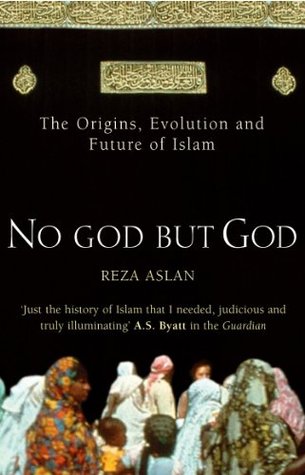More on this book
Community
Kindle Notes & Highlights
by
Reza Aslan
Started reading
July 31, 2018
Religion, it must be understood, is not faith. Religion is the story of faith.
Ibn Ishaq (d. 768), Ibn Hisham (d. 833), al-Baladhuri (d. 892), and al-Tabari (d. 922).
While there is a great deal of sectarian debate among Muslims as to who the second person to accept the message was, it is safe to assume it would have been Muhammad’s cousin, Ali, who as Abu Talib’s son had grown up in the same household as the Prophet and was the closest person to him after his wife.
However, at the moment when he stood up as the first among the Banu Hashim to respond to the Prophet’s call, he was only a thirteen-year-old boy.
“Marry those women who are lawful for you, up to two, three, or four,” the Quran states, “but only if you can treat them all equally” (4:3; emphasis added).
On the other hand, the Quran makes it clear just a few verses later that monogamy is the preferred model of marriage when it asserts that “no matter how you try, you will never be able to treat your wives equally” (4:129; again, emphasis added). This seeming contradiction offers some insight into a dilemma that plagued the community during its early development.
For the vast majority of Muslims throughout the world, there is little doubt that the two verses cited above, when combined and considered in their historical context, should be interpreted as rejecting polygamy in all its forms. And yet, there are still those Muslims, especially in tribal societies like Saudi Arabia and Afghanistan, who justify their polygynous marriages, not necessarily by referring to the Quran, but by pointing to the example set by Muhammad, for whom neither the limitations on polygyny nor the preference for monogamy had any bearing.
After having lived a monogamous life with Khadija for more than twenty-five years,
Muhammad’s return to Medina was meant to acknowledge the Ansar, the “helpers” who had provided him with refuge and protection when no one else would. But it was also a statement to the entire community that while Mecca was now the heart of Islam, Medina would forever be its soul.


